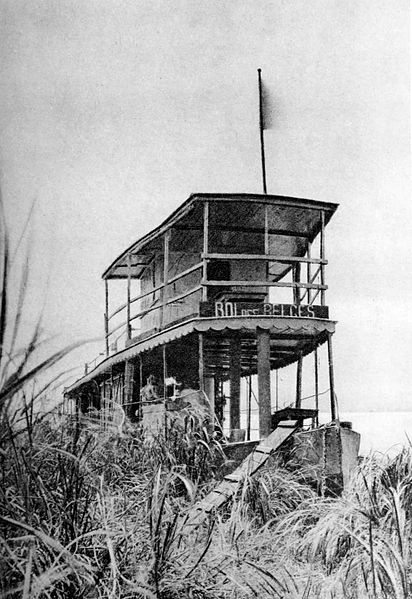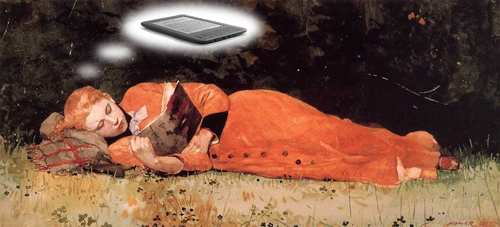The Ill-Made Knight
I’ve finished The Ill-Made Knight, the third tale of The Once and Future King. In this story we learn about Lancelot and Guenever, watch Arthur’s England continue to evolve, and observe the ways he continues tweaking his Round Table philosophy.
It’s difficult to describe T.H. White’s narrative voice: startling, forceful, wry, deeply wise, matter-of-fact. It’s somewhere between Monty Python and… J.R.R. Tolkien? There’s a comic distance from the characters that’s achieved through bluntness, but such a sympathy for them, and such a detailed knowledge of the chivalric era he’s writing about.
There were a couple of storylines that I followed most attentively. One that carried over from the last book was Arthur’s developing theory about how to deal with Might vs. Right. In the last story he formed his philosophy of the Round Table as a way of harnessing the worship of strength and valor (Might), and using it to advance Right (rather than continuing to advance a civilization of knights knocking each other and everyone else around without any justification but sport). In this story he recognizes that the Round Table “must have been a step. Now we must think of making the next one… I ought to have rooted Might out altogether, instead of trying to adapt it.” He comes to the conclusion that the knights should fight for holy purposes: “If our Might was given a channel so that it worked for God, instead of for the rights of man, surely that would stop the rot, and be worth doing?” (Of course I was screaming “Nooo! No crusades!” But they didn’t listen…) All the knights head off in search of the holy grail. But by the end of the story Arthur is poised for another adaptation.
The other storyline is the story of Lancelot and Guenever, both of whose characters are developed magnificently and sympathetically as mixed people. I never did like Guenever much, but White makes a great effort to write about her with compassion. He writes of her aging, of her conflicted love, of her predicament as an aging medieval woman, in ways that are convincing.
Lancelot is more appealing as a truly tragic figure: ugly, moody, deeply religious, supposedly cruel but fanatically legalistic in compensation, prone to madness, superb as a knight, and full of love for both Arthur and Guenever. He’s the ill-made knight of the title, who we first meet staring into a helmet trying to see his reflection. “He was trying to find out what he was, and afraid of what he would find,” the narrator tells us:
The boy thought that there was something wrong with him. All through his life — even when he was a great man with the world at his feet — he was to feel this gap: something at the bottom of his heart of which he was aware, and ashamed, but which he did not understand. There is no need for us to try to understand it. We do not have to dabble in a place which he preferred to keep secret.
For the most part, White makes good on his promise not to chart out his characters neatly and reduce them to explanation. These three main characters are all complex mixtures of nobility and fallenness, and it was impossible not to find something I could relate to in each of them. It doesn’t return me to my life with a sense of orderliness, but with a fuller appreciation of the complicated and mysterious experience of being human. There’s one more story, The Candle in the Wind, that will complete the quartet, and I’ll be sorry to see it end.


